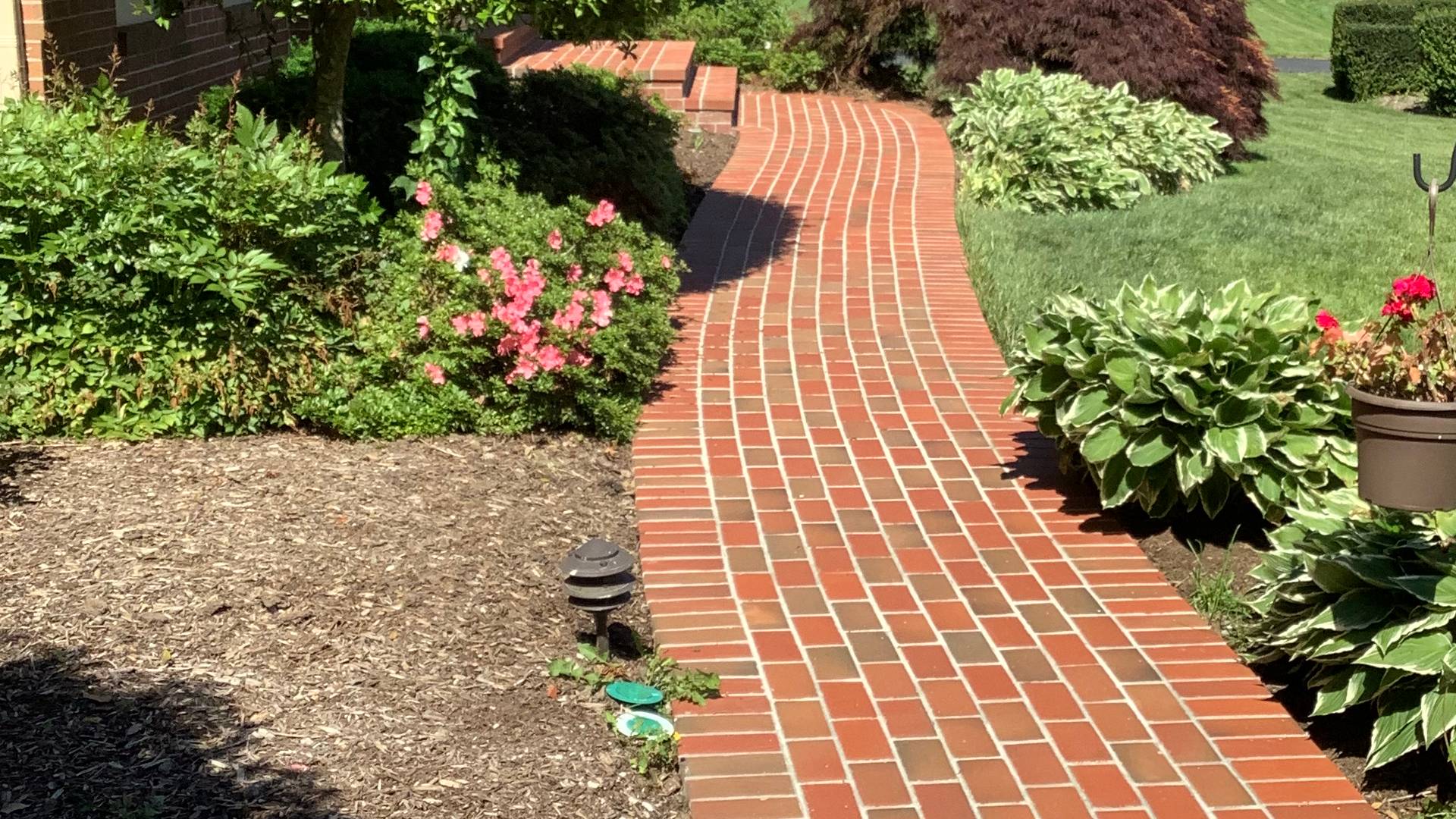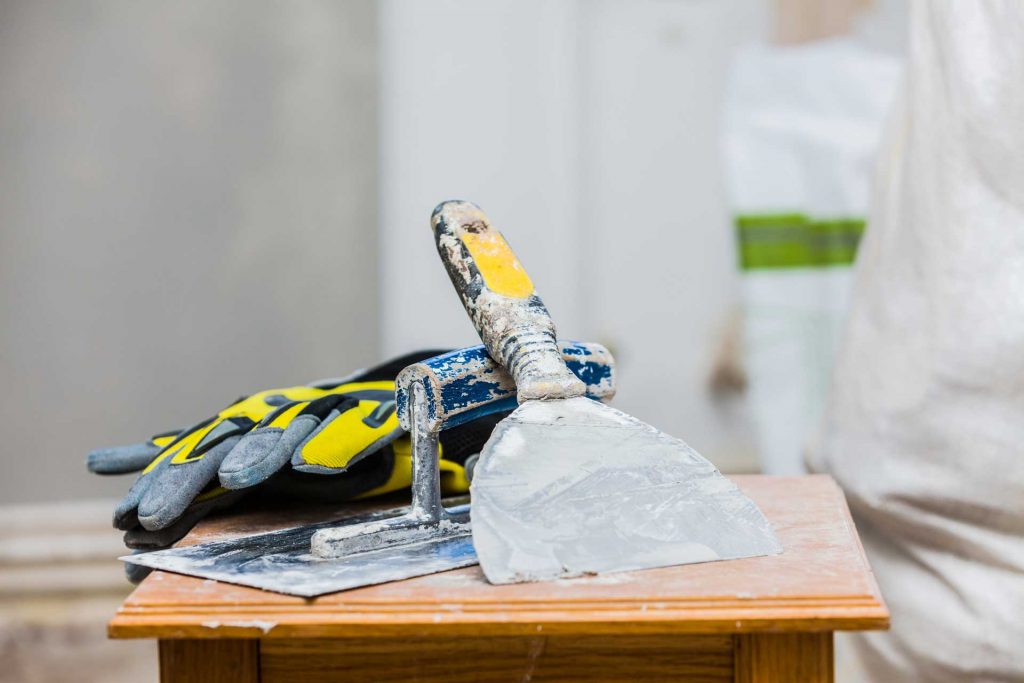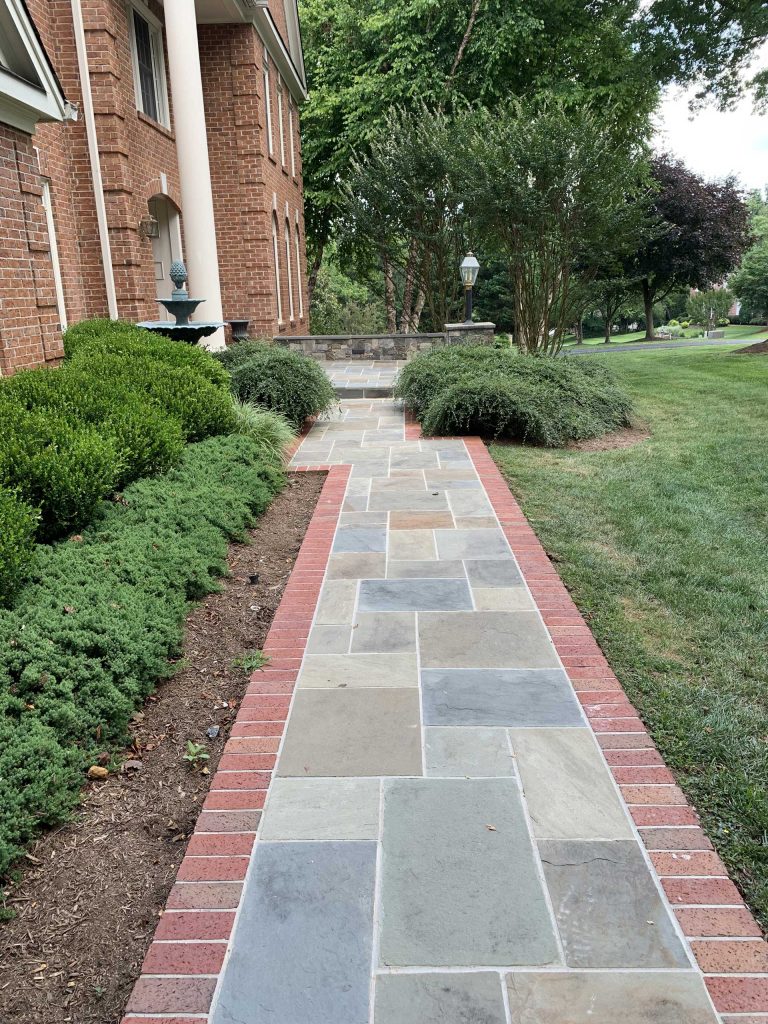Get Ready for Spring with Masonry Repair Projects
As the warm weather approaches, you’re probably eager to get outdoors and enjoy everything your backyard, porch, or patio offers. Spring parties and summer entertaining are calling your name.
That means it’s also time to check out what winter has done to your masonry. Here are some masonry repair projects you might need to keep your outdoor areas looking their best this spring and summer.
Repointing
Almost all brick structures need tuckpointing at some point in their lives. Mortar is an excellent moisture block, but it can start to wear out after a few years. This is especially true in a high humidity area like ours.
Most mortar is designed to stand up to 25 years of wetness, but no mortar is perfect. Bricks are highly porous, and even tiny cracks in their mortar can lead to problems.
If you’re seeing signs of chipped or loose mortar, talk to your masonry contractor about repointing. Repointing saves you money by repairing masonry before it needs total replacement. In repointing, masons, scrape out the old mortar and add new mortar to restore your brick to a like-new condition.
Is Tuck Pointing and Repointing the Same?
Sometimes confused with repointing, tuckpointing is actually a different type of mortar repair. It is primarily a cosmetic fix for brick and stone masonry. Tuckpointing involves painting over the mortar lines so they blend with the stonework. In true tuckpointing, the mason then paints a thin line to resemble mortar.
Tuckpointing was initially developed as a way to imitate the look of rubbed brick, which was an expensive building material. Tuckpointing gave walls the same look at a fraction of the cost. Today, tuckpointing is used to create stylistic or cosmetic effects on bricks.
Porch Supports
Are your porches or stairs supported by brick or stone columns? If they are, you might notice sagging or leaning as the weather clears. Over time, these brick or stone piers can settle and start leaning. You may need to reinforce the footings or repair the mortar.
Walkways
Your brick, paver, or flagstone walkways can take a real beating in the winter. They’re constantly exposed to weather, foot traffic, and improper use of ice melt.
Cracked stones, sinking areas, and loose mortar are all signs of a walkway that has been through some tough times. These walkways aren’t just messy and unattractive. They’re also dangerous trip hazards.
Fortunately, they can be repaired quickly. Your professional mason can refill the mortar and replace any broken or missing stones.
Retaining Walls
Those same winter elements have probably taken a toll on your retaining walls. Even the best retaining walls eventually start to lean. Heavy soil exerts constant pressure on them, and that pressure increases if the soil regularly gets soaked.
A leaning retaining wall will eventually cause major problems, but you don’t have to replace it. A professional mason can reinforce the foundation, stabilize the wall and anchor it into place. Your retaining wall will look great and continue its important work.
Get Ready for Spring with Our Help
If any of your outdoor masonry is worn, loose, or cracking, call Capital Masonry. We are a locally owned company that specializes in expert repair and installation of all stonework. Get ready for a new season with Capital Masonry’s help.



